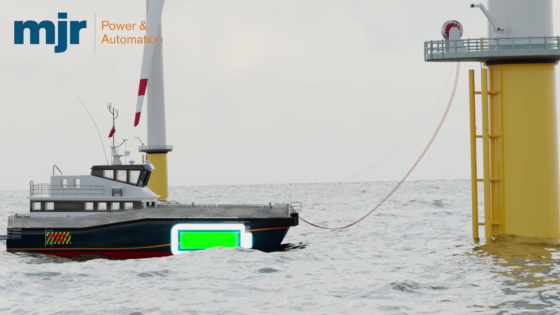
Hydrogen-powered, driverless ‘green submarines’ win Government funding

The first green submarine study has been named as one of 55 winning projects of a £23m Government-funded research and development competition, announced by Transport Secretary Grant Shapps, as part of the ‘greenest ever London International Shipping Week’.
Zero-emission fully automated submarines powered entirely on green hydrogen could help cleanse the oceans of toxic pollution by collecting microplastics on its pilot route between Glasgow and Belfast, according to the Department of Transport.
The green submarine study won a share of the Clean Maritime Demonstration Competition fund, which is supporting the development of innovative technology to propel forward the Government’s commitment to have zero-emission ships operating commercially by 2025.
While transporting cargo shipments, the fleet could potentially secure significant emission savings of 27 tonnes of CO2 emissions in the first year of operation, with an overall mission to reduce 300m tonnes of CO2 emission as the fleet grows, says the Department for Transport.
Also amongst the winners is an all-electric charge-point connected to an offshore wind turbine. The charge-points will be able to power boats using 100 per cent renewable energy generated from the turbine offering potential savings of up to 131,100 tonnes of CO2e emissions per year – the equivalent of removing over 62,000 cars from UK roads.
Similar to roadside electric vehicle chargepoints, these will be operated by semi-automated control.

This means that sailors can moor up by the wind turbine chargepoint, plug in, charge up, then sail on.
The Government has joined other nations in supporting an absolute zero target for international shipping emissions by 2050.
Shapps says: “As a proud island nation built on our maritime prowess, it is only right that we lead by example when it comes to decarbonising the sector and building back greener. The projects announced today showcase the best of British innovation; revolutionising existing technology and infrastructure to slash emissions, create jobs and get us another step closer to our decarbonisation targets.”
